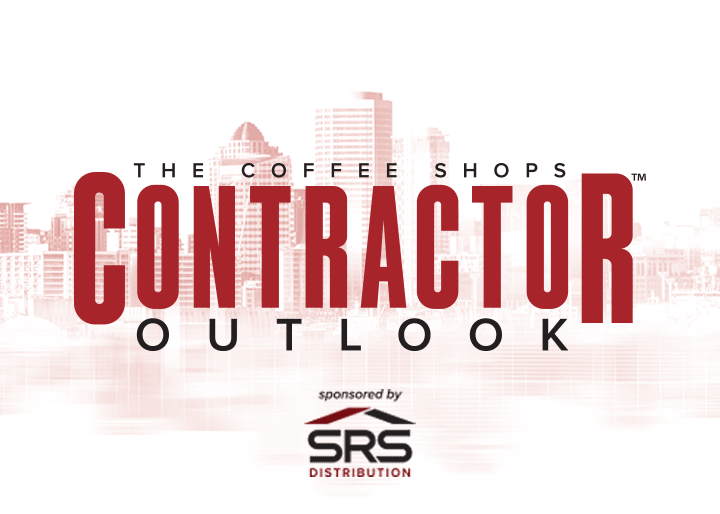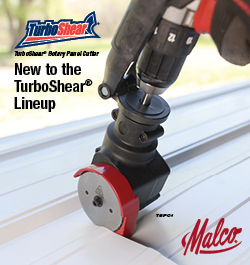UP TO THE MINUTE
Project closeout: The final 5% that protects 100% of your reputation
September 24, 2025 at 3:00 a.m.By Cotney Consulting Group.
The best way to win your next job is to finish this one right.
You nailed the install. Materials showed up on time. Crews worked safely. The client was happy the last time you spoke. But weeks go by, and you’re still chasing punch list items, paperwork is missing, final payment hasn’t arrived and that “great job” feeling turns into frustration on both sides. That’s the danger of a sloppy project closeout — and it’s more common than most contractors would like to admit.
How you finish a job often matters as much as how you started it. Closeout isn’t just about getting paid. It’s about protecting profit, preserving your reputation and positioning your business for the next opportunity.
Why closeout gets overlooked (and why it hurts)
Let’s face it — by the time you’re at the end of a job:
- The crew’s already been moved to the next site
- The office is chasing paperwork
- The client just wants it done
- You’re focused on new leads or problem projects
But here’s what can happen when closeout is treated as an afterthought:
- Final billing is delayed
- Loose ends drag into weeks (or months)
- Callbacks pile up
- Clients forget the excellent work and remember the lousy follow-up
You worked too hard to win the job and deliver quality. Don’t let the last 5% of the project cost you 100% of the impression.
What a strong closeout looks like
It doesn’t have to be complicated. But it does need to be intentional. Here’s what your closeout process should include:
Internal wrap-up
- Confirm scope is 100% complete
- Verify cleanup, safety signage removal and site condition
- Document before/after photos and job records
Punch list and walkthrough
- Generate a punch list with the client (don’t wait for them to send it)
- Assign and track completion dates
- Walk the site again before sign-off
Closeout package
- Warranty registration and documentation
- System info or maintenance instructions (where applicable)
- Emergency contact info or service request steps
- Final invoice and summary of the completed scope
Final handoff
- Confirm the client knows the job is officially complete
- Ask for feedback or a testimonial
- Leave them with a positive last interaction not radio silence
Who owns the closeout?
Many contractors get stuck here: no one owns the closeout process. Was it the project manager? The foreman? The office? When everyone’s “kind of” responsible, it usually doesn’t get done right.
Pick one person — PM, superintendent or closeout lead — who owns:
- Punch list tracking
- Client coordination
- Final paperwork collection
- Closing the job in your system
Make it part of their role, and tie it to final job performance.
Closeout impacts your profit — more than you think
Do you still think closeout is just busy work? Here’s what you might be losing:
- Labor hours: Crews bouncing back to fix small items weeks later
- Overhead costs: Office staff chasing down documents or trying to schedule rework
- Delayed payments: Clients hold back until everything’s buttoned up
- Reputation: A great job feels “unfinished” if closeout lingers too long
And worst of all? You miss the window to get a testimonial, referral or repeat business — because the client has already moved on.
Pro tip: Closeout starts before the job ends
The secret to smooth closeouts? Start early.
- Begin prepping closeout documents before the last week
- Schedule the final walkthrough in advance
- Assign a crew to handle punch work — not just the previous two guys left on site
- Communicate with the client — so they know what to expect
Don’t treat closeout as something that “just happens.” Build it into your schedule, your workforce plan and your conversations.
Finish like a pro
Remember, you only get one chance to leave a final impression. Closeout isn’t glamorous, but it’s one of the most valuable parts of your operation. It affects your cash flow. It protects your team’s time. It helps you get more work from the same clients. It also separates professional contractors from those just trying to “get through the job.”
So if your closeouts feel like chaos — or are dragging out longer than they should — fix it. Create a checklist. Assign ownership. Train your team, because the best way to win your next job is to finish this one right.
Learn more about Cotney Consulting Group in their Coffee Shop Directory or visit www.cotneyconsulting.com.





















Comments
Leave a Reply
Have an account? Login to leave a comment!
Sign In